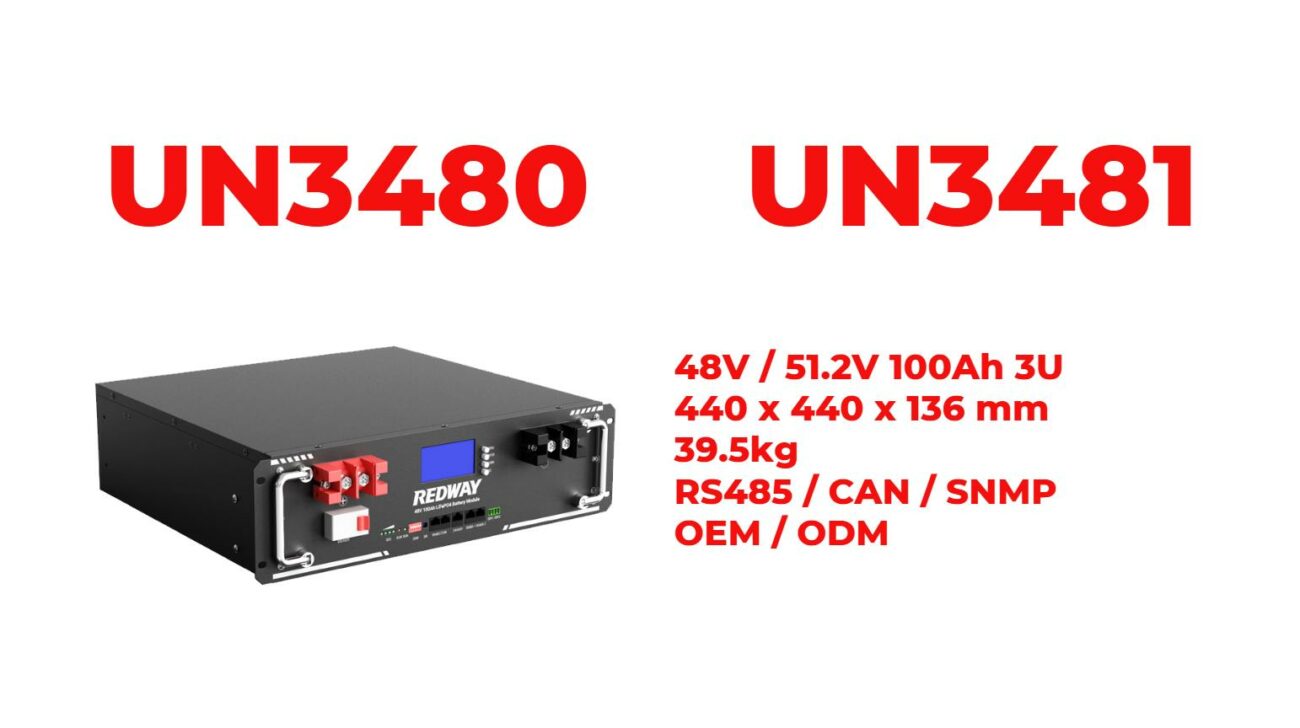How Does a Battery Heated Jacket Work?
Battery heated jackets work by using integrated heating elements powered by rechargeable batteries to provide warmth in cold conditions. These jackets typically feature adjustable heat settings, allowing users to customize their comfort level. Understanding how these jackets operate can help users make informed decisions about their use and maintenance.
How Do Heated Jackets Generate Heat?
Heated jackets generate heat through electrical resistance. When the jacket is powered on, electricity flows through the heating elements, which are usually made from materials like carbon fiber or metal alloys. As the current passes through these materials, they produce heat, which is distributed throughout the jacket to warm the wearer.Chart: Heat Generation Process
| Step | Description |
|---|---|
| Power On | User activates the jacket using a control button |
| Electricity Flow | Current travels through heating elements |
| Heat Production | Resistance generates heat |
| Warmth Distribution | Heat spreads across the fabric |
What Are the Main Components of a Battery Heated Jacket?
A battery heated jacket consists of several key components:
- Heating Elements: These are strategically placed within the jacket to provide warmth, typically located in areas like the back, chest, and sometimes sleeves.
- Battery Pack: A rechargeable lithium-ion battery powers the heating elements. It is often stored in a designated pocket within the jacket.
- Control System: This includes buttons or switches that allow users to adjust heat settings and turn the jacket on or off.
- Outer Fabric: The exterior is usually made from durable, water-resistant materials that protect against wind and moisture.
Understanding these components helps users appreciate how heated jackets function effectively.
How Does the Battery Power the Heating Elements?
The battery in a heated jacket provides direct power to the heating elements:
- Connection: The battery connects to the heating elements via wires embedded in the jacket lining.
- Power Output: Most heated jackets operate on batteries with voltages ranging from 5V to 12V, depending on the model. Higher voltage batteries can power more heating elements or provide higher temperatures.
- Charging: Users recharge the battery using a standard charger, and many modern batteries come with USB ports for convenience.
This power delivery system ensures that users receive consistent warmth throughout their time outdoors.
What Types of Heating Elements Are Commonly Used?
Heated jackets typically feature one of several types of heating elements:
- Carbon Fiber: Known for its lightweight and flexibility, carbon fiber is popular due to its efficient heat generation.
- Metal Alloys: Some jackets use metal wire heating elements, which can be effective but may be less flexible than carbon fiber.
- Graphene: An emerging technology, graphene offers excellent conductivity and durability, providing efficient heating with minimal weight.
Each type of heating element has its advantages, impacting overall performance and comfort.Chart: Comparison of Heating Element Types
| Element Type | Advantages | Disadvantages |
|---|---|---|
| Carbon Fiber | Lightweight, flexible | Can be brittle if bent too much |
| Metal Alloys | Effective heat generation | Less flexible |
| Graphene | High conductivity, durable | More expensive |
Why Are Safety Features Important in Heated Jackets?
Safety features are crucial for ensuring user protection while using heated jackets:
- Overheat Protection: Many heated jackets include automatic shut-off mechanisms that activate if temperatures exceed safe levels.
- Battery Safety: High-quality batteries are designed with safeguards against overcharging, short circuits, and overheating.
- Water Resistance: Since heated jackets are often used outdoors, materials should be water-resistant to protect electrical components from moisture damage.
These safety features enhance user confidence and ensure reliable performance during cold weather activities.
Industrial News
The market for heated apparel continues to grow as advancements in technology improve both safety and efficiency. Recent innovations focus on developing lighter materials for heating elements and enhancing battery life for longer usage times. As outdoor enthusiasts increasingly seek reliable heated clothing options for winter sports and activities, manufacturers are responding with improved designs that prioritize user comfort and safety.
Expert Views
“Understanding how battery heated jackets work is essential for maximizing their benefits,” says Dr. Emily Carter, an expert in wearable technology. “By knowing how to operate these garments safely and effectively, users can enjoy extended warmth without compromising safety.”

